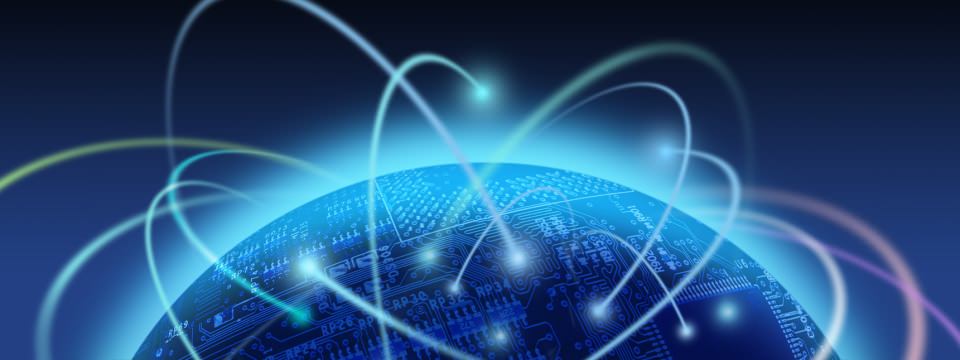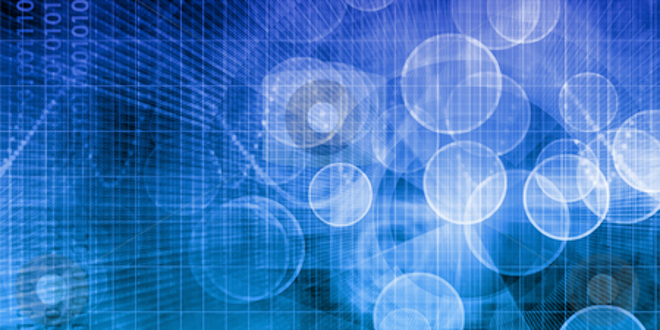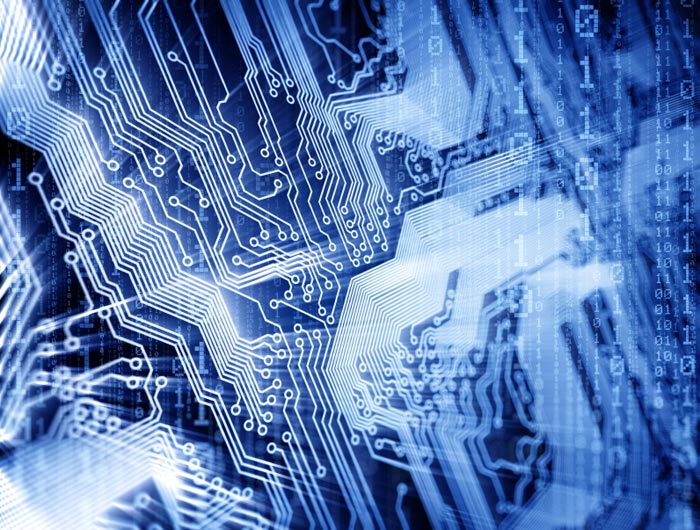
A laser powerful enough to tear apart the fabric of space is planned as part of a new scientific project that aims to answer some of the most fundamental

Korea Advanced Institute of Science and Technology (KAIST) researchers have developed fully functional flexible non-volatile resistive random access memory

(PhysOrg.com) -- A research project at Microsoft Research Cambridge has brought forth a prototype called Holodesk, which lets you manipulate virtual objects with your hand. You literally "get your hands on" the virtual display. According to the official description from its creators, there is at work a "novel real-time algorithm for representing hands and other physical objects" allowing physically realistic interaction between real and virtual 3-D objects.

The ability to see through walls is no longer the stuff of science fiction, thanks to new radar technology. Researchers have built a system that can see through walls from some distance away, giving an instantaneous picture of the activity on the other side.


Robots that learn from experience and can solve novel problems -- just like humans -- sound like science fiction.

(PhysOrg.com) -- Engineers and physicists at Harvard have managed to capture light in tiny diamond pillars embedded in silver, releasing a stream of single photons at a controllable rate.

First it was chess. Then it was Jeopardy. Now computers are at it again, but this time they are trying to automate the scientific process itself.

Cray Inc. has signed a $97 million contract to upgrade the Cray XT5 Jaguar supercomputer located at the Department of Energy

University of Illinois physicists have experimentally demonstrated for the first time how three-dimensional conduction is affected by the defects that plague materials. Understanding these effects is important for many electronics applications.

So this is cool. Electric airplanes have been gracing our pages for years now, and while they remain infeasible as a replacement for commercial airliners (duh), they continue to inspire folks with their increasingly impressive feats of sustainable


Soon each and every one of us will have a PA, even PAs themselves. Artificial Intelligence Assistants are at last making a proper entrance.

A new type of nonvolatile computer memory that could be faster than the existing commercial memory and use far less power than flash memory devices is being

Scientists at the Center for Nanotechnology at NASA Ames Research Center have developed a new flexible memory fabric woven together from interlocking